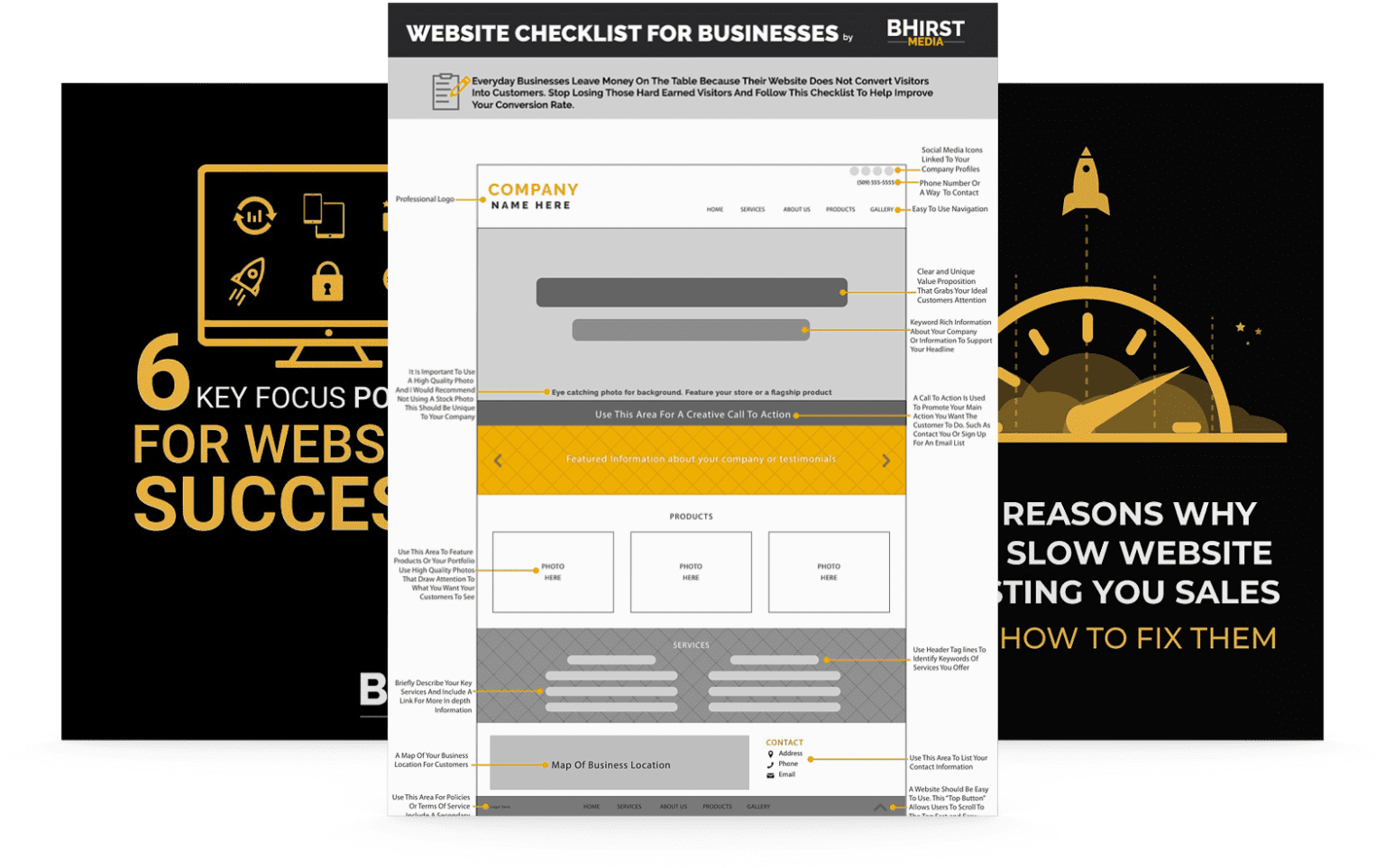
Determining the ideal lifespan of a website and understanding when to implement a redesign are crucial for maintaining user engagement, trust, and overall business growth. Here are the key takeaways to guide you in evaluating and optimizing your website’s performance.
Your website is more than a digital storefront; its lifespan and maintenance can significantly influence your online success.
In today’s digital marketplace, understanding when to redesign or update your website is critical for sustained growth. Neglecting these updates risks more than just aesthetics—it threatens user engagement, conversion rates, and your branding. In fact, industry studies indicate that websites on average require a full-scale redesign every 2-4 years, with some sectors needing even more frequent updates to keep up with consumer expectations and technological advancements.
Let’s delve deeper into the signs that indicate your website is due for a refresh and explore how these updates directly contribute to your business growth, customer acquisition, and brand integrity through data-driven insights and strategic approaches.
The lifespan of a website isn’t merely a measure of time but a reflection of its effectiveness in reaching and serving its audience. In the digital realm, where trends, technology, and consumer behavior evolve rapidly, what might seem modern today could be perceived as outdated in just a few years. Website lifespan varies widely across industries; e-commerce sites might cycle through redesigns every 3-5 years due to their heavy interaction with customers, while informational sites might last longer, with updates happening more gradually.
A key factor to consider is how often the site needs updating to align with user expectations, new technologies, and search engine optimization standards. For example, a tech company such as Apple uses its website to showcase the latest gadgets with a cutting-edge design, necessitating frequent design refreshes. This approach not only keeps the site current but also maintains an engaging user experience. Conversely, a local law firm might not need such rapid redesigns but still requires updates to ensure their site reflects their evolving practice areas and remains compliant with digital accessibility standards. In healthcare, a clinic’s website may need regular updates to reflect new services, compliance changes, and patient engagement strategies, while a financial institution’s site may require frequent security updates and information on new investment products.

Maintaining a website involves more than altering visual aesthetics or adding superfluous features. Regular updates are critical for several reasons:
However, the importance of updates goes beyond the visible changes. Unseen enhancements like backend optimizations, security updates, and SEO tweaks are vital for maintaining overall site health. A survey by HubSpot indicates that 46% of users judge a company’s credibility based on its website design, emphasizing the importance of updates not just for appearance but for digital trustworthiness. This is particularly vital in sectors like finance and healthcare, where trust is paramount. Regular updates to a financial website can ensure secure transactions and clear communication of complex data, while healthcare sites must comply with privacy regulations and provide easy access to critical patient information.
Recognizing when your website needs a redesign isn’t always straightforward. Here are some signs that it’s time to think about a refresh:
On a deeper level, user behavior analytics reveals that an 11% reduction in bounce rates can be achieved through a website redesign that aligns with modern UX principles, as found by a study from the Baymard Institute. This statistic underscores the tangible benefits of timely redesigns, which can significantly improve customer retention and conversion rates. In e-commerce, this could mean streamlining the checkout process or enhancing product displays. In education, it might involve improving the accessibility of online courses and resources.
The frequency of website redesigns depends on several variables, but here are some general guidelines:
For a static site like a blog or a small business’s informational site, a redesign could be less frequent, perhaps every 3-6 years, focusing instead on regular content updates and optimization. However, even these sites should not be neglected:
A survey by Clutch revealed that 48% of consumers believe website design is the top factor in deciding a company’s credibility. This statistic highlights how crucial user perception is, particularly in areas where first impressions matter. For instance, a well-designed website in the legal sector can convey trustworthiness and competence, while in the environmental science field, it can effectively communicate complex data on sustainability efforts.

Investing in a website redesign can yield substantial returns if executed strategically:
Yet, redesigns bring their own set of challenges, such as potential disruption to user experience, the high investment required, and the risk of diluting established brand identity. Here’s how a strategic approach can mitigate these risks:
By aligning these steps with business objectives and utilizing solid data-backed insights, companies can not only meet but exceed their ROI expectations from a website redesign. In the finance sector, this might translate to increased client acquisitions through improved lead-generation forms and clearer investment information. In marketing, a redesign could mean better campaign performance by optimizing landing pages and enhancing user engagement with interactive content.
A well-timed website redesign can be a powerful catalyst for growth in engagement, conversion rates, and brand perception. Looking ahead, businesses that embrace adaptable strategies and data-driven decision-making will lead in an increasingly competitive landscape. Whether through emerging technologies, customer-first innovation, or operational agility, the next era of success will belong to those who can not just adapt—but anticipate change. The real question isn’t if you’ll adopt these advancements—but how effectively you’ll use them to gain a competitive edge. By staying ahead of industry trends, leveraging data, and prioritizing user experience, you can ensure your website remains a valuable asset in your digital strategy.
